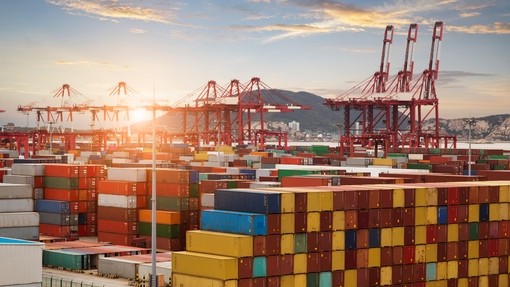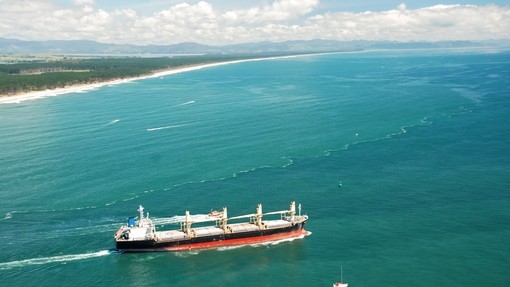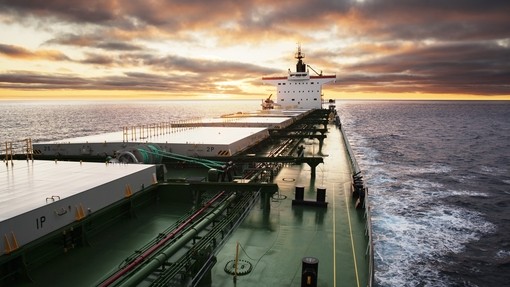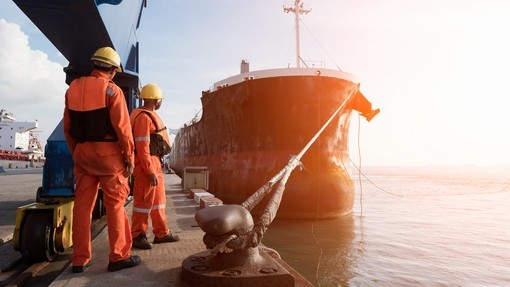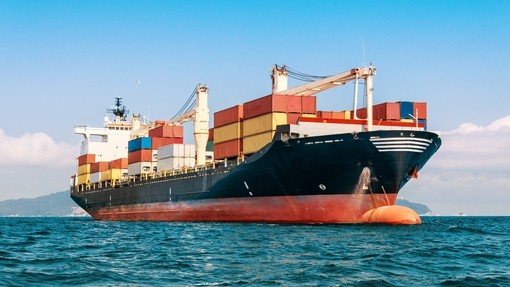Part two: The global sulphur cap – a look into IMO 2020

Details
The second part of this article provides more detail on the global sulphur cap including how it will be enforced.
Will the compliant fuel be available?
There have been many discussions in the industry as to whether marine fuel with a sulphur content of 0.5% m/m or less will be available to meet the demand in 2020.
Many believe this will not be possible, however, a study commissioned by the IMO prior to confirming the implementation date of 1 January 2020 concluded that the refinery sector has the capability to supply sufficient quantities of this marine fuel.
A rival study, or second opinion, commissioned by BIMCO and an oil and gas industry group concluded that the refining capacity will not be sufficient to meet the demand in 2020.
It would seem that the variables are too many at this stage to come to a definite conclusion.
Enforcement measures
Port and coastal states will be able to use port state control to verify the compliance with the limits whilst fines will be set by individual states, parties to MARPOL.
Furthermore, in an effort to help Port State control administrators in enforcing the new global cap, the IMO during the 72nd session of the MEPC (April 2018), approved draft amendments to Annex VI to prohibit the carriage of non-compliant fuel oil for combustion purposes for propulsion on board ships. The only exception would be for vessels that have been fitted with an approved equivalent method (i.e. exhaust gas cleaning system (EGCS) or so-called ‘scrubber’). This amendment, if formally adopted at MEPC 73 due to be held in October 2018, will enter into force on 1 March 2020.
How will the IMO help?
In order to assist both shipowners and suppliers, the IMO’s Sub-Committee on Pollution Prevention and Response (PPR) is currently developing guidelines to support the implementation of the 2020 sulphur limit. An intersessional working group will meet from 9 to 13 July 2018, to ensure appropriate guidelines can be considered and issued in good time.
These guidelines will cover a range of issues related to implementation, including ship planning for implementation, verification and control issues and fuel oil non-availability reporting.
During MEPC 72 guidance on best practice for fuel oil purchasers and users to assist them from purchase up to loading of the fuel oil on board has been approved.
Draft best practice guidance for fuel oil suppliers and best practices for member states/coastal states to assist them in complying with, implementing and enforcing their responsibilities under MARPOL Annex VI will be considered at MEPC 73 (October 2018).
SOx Emission Control Areas (ECAs)
These were established by IMO under Regulation 14 of MARPOL Annex VI and they are: the Baltic Sea area; the North Sea area; the North American area (covering designated coastal areas off the US and Canada); and the US Caribbean Sea area (around Puerto Rico and the US Virgin Islands). In these areas the limit of SOx emissions has been set at 0.10% m/m since 1 January 2015 and ships entering into the ECAs are required to fully change-over to using the ECA compliant fuel oil.
The new global cap will not change the limits in SOx ECAs which will remain the same.
The establishment of ECAs has meant that providers have already started to supply fuel oil which meets the 0.10% m/m limit to ships which require this fuel to trade in those areas. These fuels will also meet the 0.50% m/m limit for 2020, however, the issue remains the cost differential as these blends are more expensive than heavy fuel oil.
Comments
At 18 months from the implementation date, there is great concern in the shipping industry on the global sulphur cap as it is thought that it will bring a sharp increase in costs for shipowners that ultimately will be passed on to consumers.
We have seen that the alternatives available to the high sulphur fuel are expensive and will, therefore, cause shipowners to spend more money. The cost of compliant low sulphur fuel is said to be about 50% more than the cost of residual fuel, and this is likely to go up in response to the higher demand that will arise in January 2020.
On the other hand, the oil industry will have a strong economic incentive to produce a stable ULSFO because suppliers who will be able to offer this type of fuel at lower prices than MGO can potentially gain considerably.
With all the debates that it is causing, IMO 2020 is likely to be just a step towards a tighter and comprehensive system of Regulations and all relevant areas of the shipping industry should start preparing to be ready by 1 January 2020.
Read part one: The global sulphur cap – a look into IMO 2020

